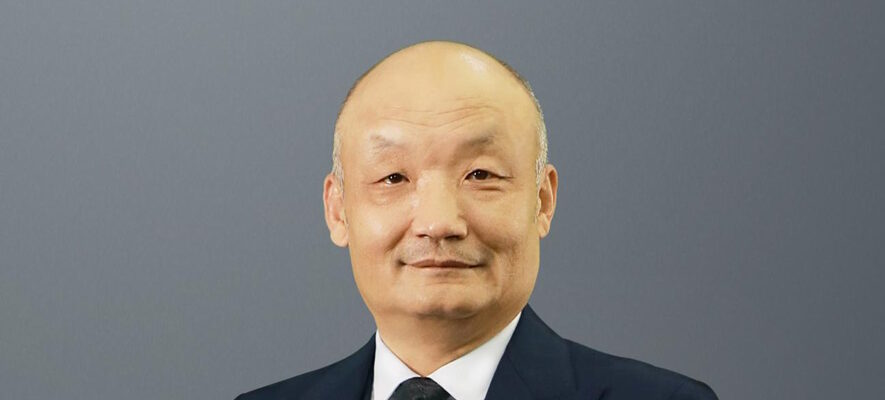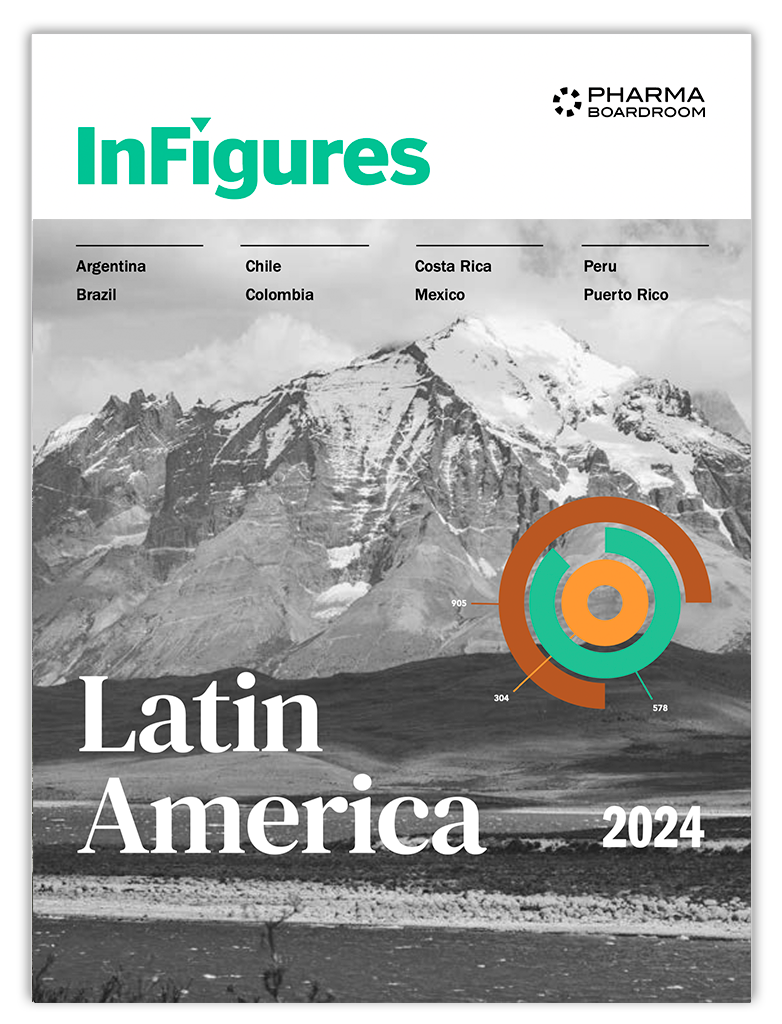Since it was established in 1988, PhIRDA, an organization that groups together China’s pharma innovators, research institutions and investors has played an active role in the evolution of China’s biopharma landscape. Executive President Prof. Song Ruilin outlines the advances and some of the challenges and opportunities facing China’s biotech and pharma innovators against a tumultuous geopolitical and economic global backdrop today.
“With the policy promotion and drug regulation reform adopted by the Chinese government over the past decade, China’s innovation has made substantial progress”
Song Ruilin, PhIRDA
For Song Ruilin, executive president of the China Pharmaceutical Innovation and Research Development Association (PhIRDA), the country’s progress in terms of pharmaceutical innovation is more than apparent. “Approximately 350 innovative drugs from 2017 up to now have been developed in China,” he asserts. “The number of approved innovative drugs in China is only second to the FDA in the United States globally. Especially in the current R&D pipeline, China and the United States rank first and second respectively.”
Much of the advancement, says Song, is due to the sweeping reforms implemented in recent years, including bringing China’s pharmaceutical regulations in line with international standards and the International Council for Harmonisation (ICH); streamlining the National Medical Products Administration’s (NMPA) approval procedures for new drugs, and introducing drug registration regulations for breakthrough therapies. “With the policy promotion and drug regulation reform adopted by the Chinese government over the past decade, China’s innovation has made substantial progress.”
In effect, the rapid proliferation of new drug discoveries helped the country increase its share of the global innovation pipeline from 4.1 percent in 2015 to 13.9 percent in 2020.
Partnering with Global Pharma
China’s innovators have also demonstrated their capacity by landing significant global collaboration deals such as BeiGene’s 2021 partnership with Novartis, something Song notes as a component of Chinese companies’ progress. “China’s medical innovation is transitioning from a focus on licensing-in to producing more licensing-out opportunities after collaborative R&D, effectively going from technology buyers to sellers.”
“Major multinational pharmaceutical companies like Pfizer, Novartis, and AbbVie have been collaborating with Chinese biotech firms. The abundance of these deals demonstrates the growing international capabilities of China’s medical innovation on the global stage,” he maintains. “Particularly in 2023, the value of licensing-out agreements from Chinese companies, when translated into US dollars, was approximately 2.5 times greater than the total capital raised by Chinese enterprises within China.”
Actively Pursuing Innovation
Despite China’s increased prominence as an innovator, in Song’s view, innovation is not something that can be qualified by terms such as “me-too” or “me-better” and that prejudices exist with respect to Chinese innovation. “There are always some people who use double standards when viewing China,” he claims. “In reality, the global standards for innovation are consistent. There is no dichotomy between ‘real’ innovation and ‘false’ innovation; there are simply different levels of innovation.”
PhIRDA’s executive president does, however, recognize the need to reinforce the country’s competencies. “We acknowledge that China’s contribution to original innovation has been limited, and our capabilities in this area need strengthening,” he said. “China is actively pursuing a path of innovation aimed at achieving groundbreaking discoveries. We hope that, in the future, China will be capable of approving two to three first-in-class drugs for marketing each year.
Confronting Headwinds
Disruptions in trade due to the COVID-19 pandemic along with the global economic downturn have had a negative impact on the national biopharma ecosystem, not to mention increased US-China geopolitical tensions. “China’s biotech sector has also faced a severe capital freeze under this situation,” Song confirms.
At the same time, he argues that these challenges have also presented opportunities. “I believe that this situation has made China’s strong interest in research and development more practical,” contends PhIRDA’s president. “We have always believed that within every crisis lies both danger and opportunity.”
Funding issues have held a place at the top of Chinese innovators’ list of hurdles. “The year 2023 has brought significant challenges to China’s biopharmaceutical industry, one of which is the considerable financing difficulties encountered by several biotech companies,” Song says. “However, we have also observed that capital is still highly enthusiastic about truly innovative enterprises.”
Government Policies and Further Reform
The Chinese government has continually bolstered the local innovative landscape, something Song believes will carry into the future. “I predict that the Chinese government will adopt more proactive policies to spur the entire development of China’s biopharmaceutical sector. This intention is apparent from the government work report delivered by the Chinese Premier at this year’s Two Sessions.”
According to the association head, the government is already looking to promote a complete approach, taking into account the entire chain from drug discovery through to marketing and usage. “The Chinese government aims to foster this comprehensive approach, rather than merely concentrating on the achievements of individual pharmaceutical companies in developing new drugs.”
Beyond these potential policy reforms, Song considers that additional drug regulation improvements are needed. “Moving forward, I believe it is necessary to enhance the standard of drug regulation in China.” This is particularly the case for clinical trials, he says: “China entered into the International ICH in 2017, our clinical guidelines and standards have been completely aligned with those of the ICH. The subsequent step involves bolstering our entire clinical trial process. For instance, the necessity of employing positive control comes into question. For first-in-class drugs, a single-arm study is required. However, for best-in-class or ‘me-better’ drugs, we must consider whether a positive control requirement is needed.”
International Collaboration
For Song, the antagonism coming from the US in the form of legislation such as the Biosecure Act is in direct contrast with the Chinese government’s openness to international collaboration. “The Chinese government has consistently stressed the importance of maintaining an open policy and the commitment to international collaboration. Therefore, in our collaborations with innovative partners across the United States, Europe, and Asia, we strive for increasingly closer ties and deeper cooperation.”
Moreover, he contends that there is nothing to win from hindering the exchange of scientific and technological ideas, and industrial collaboration. “After so many years of globalization, it is clear that we are interdependent and interconnected. Cutting off the channels of cooperation would lead to harm on both sides.”



